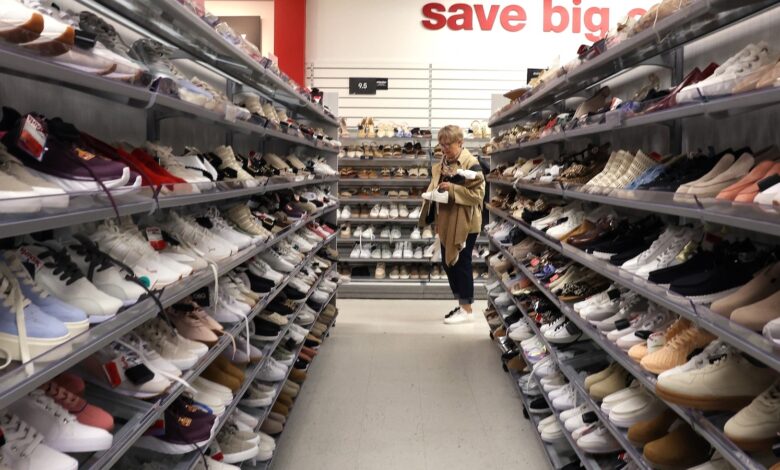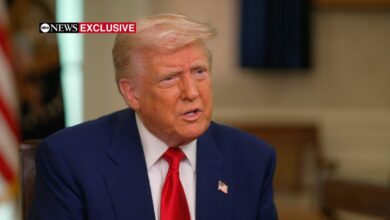US economy expected to have slowed sharply at start of Trump’s 2nd term

The upcoming release of government data on Wednesday is anticipated to reveal a significant economic slowdown during the initial months of President Donald Trump’s second term. This deceleration is attributed to a series of tariff proposals that generated uncertainty among businesses and consumers, according to analysts interviewed by ABC News.
The Gross Domestic Product (GDP) metric is expected to be impacted by a surge in imports as companies stockpiled inventory to mitigate the impact of potential tariffs. However, analysts emphasize that this trend does not necessarily indicate economic weakness. The GDP calculation excludes imports from exports to eliminate foreign production from the overall assessment of goods and services.
The forthcoming report will cover the GDP performance in the first quarter of 2025, offering insight into the economic health of the country since Trump’s reelection. This data precedes the implementation of the Liberation Day tariffs in early April.
Analysts hold varying opinions regarding the severity of the economic slowdown, with some speculating that the U.S. economy may have contracted during the recent quarter, heightening concerns of a looming recession. Bank of America Global Research and BNP Paribas project a modest growth rate of 0.4% annually for the initial three months of 2025, a sharp decline from the 2.4% rate recorded at the end of the previous year.
S&P Global Ratings anticipates a contraction of 0.3% in the economy at the beginning of 2025, while the Federal Reserve Bank of Atlanta estimates a 1.5% annualized shrinkage, excluding gold imports. The prevailing policy uncertainties surrounding trade, tariffs, and immigration are cited as key factors contributing to the anticipated economic slowdown.
The influx of imports prior to the implementation of tariffs could skew the GDP data, as highlighted by S&P Global Ratings. This one-time surge in imports may distort the findings of the GDP measure, which deducts imports to eliminate foreign-made goods and services from the calculation.
Despite the prevailing concerns about economic performance, certain indicators remain positive. The unemployment rate remains at historically low levels, and job growth continues to be robust, albeit at a slower pace. Additionally, inflation has cooled off in March, indicating a deceleration in price increases compared to previous years.
Economists caution that economic measures such as inflation and employment data may not always provide real-time insights into the state of the economy, as they are released with a lag. Federal Reserve Chair Jerome Powell, speaking at the Economic Club of Chicago, acknowledged the strength of the U.S. economy while also expressing caution about potential signs of a slowdown.
In conclusion, the impending release of government data is expected to shed light on the economic challenges faced during the initial months of Trump’s second term, with analysts closely monitoring the implications for future economic growth and stability.





